The Worm Factory 360 is a compact vermicomposting system that efficiently converts organic waste into nutrient-rich compost. It includes a detailed manual for easy setup and maintenance, ideal for eco-conscious gardening in small spaces.
Overview of the Worm Factory 360 and Its Benefits
The Worm Factory 360 is a highly efficient vermicomposting system designed to convert kitchen scraps and organic waste into nutrient-rich compost. Built from durable, recycled plastic, it features a compact, multi-tray design that maximizes space while promoting healthy worm activity. The system includes a base with a spigot for easy collection of worm tea, a natural liquid fertilizer. Its odorless operation and small footprint make it ideal for indoor or outdoor use, perfect for apartments, kitchens, or gardens. The Worm Factory 360 comes with a comprehensive instruction manual, ensuring easy setup and maintenance. It supports sustainable gardening practices by recycling waste and producing high-quality compost, benefiting both the environment and your plants.
Importance of Vermicomposting for Organic Gardening
Vermicomposting with the Worm Factory 360 plays a vital role in organic gardening by transforming kitchen scraps into nutrient-rich compost. This natural process enhances soil structure, improves plant health, and increases crop yields. By recycling organic waste, it reduces landfill contributions and supports sustainable gardening practices. The compost produced is rich in microorganisms and nutrients, acting as a natural fertilizer that promotes healthy plant growth without chemical additives. This eco-friendly method ensures a steady supply of organic matter, making it indispensable for gardeners seeking to maintain soil fertility and sustainability. The Worm Factory 360 simplifies vermicomposting, making it accessible for gardeners of all levels to harness these benefits effectively.
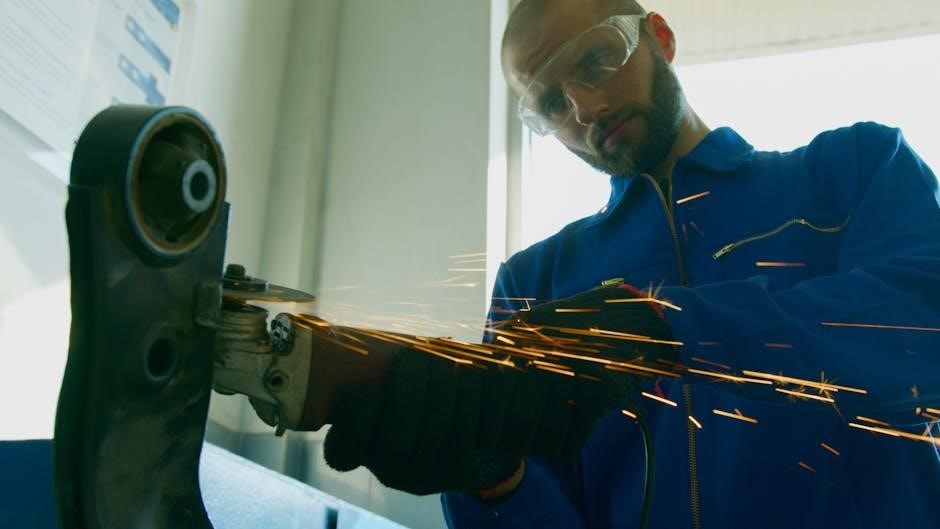
Assembly and Setup Instructions
The Worm Factory 360 comes with a comprehensive manual, ensuring easy assembly and setup; Start with the base, add trays, and follow step-by-step instructions for a seamless process.
Unpacking and Identifying Components
When you receive your Worm Factory 360, carefully unpack all components, including the base, trays, worm ladder, and spigot. The base collects worm tea, while the trays hold bedding and compost. The worm ladder assists worms in moving between trays. Refer to the manual’s parts list to ensure all items are included. Familiarize yourself with each component’s purpose before assembly. The manual provides detailed diagrams and descriptions to help identify and understand each part. Organize the components in a clean, dry workspace to streamline the setup process. This step ensures a smooth and efficient assembly of your vermicomposting system.
Step-by-Step Assembly Process
Begin by placing the base on a level surface and attaching the spigot for worm tea collection. Stack the trays on top of the base, ensuring they align securely. Install the worm ladder inside the first tray to facilitate worm movement between layers. Follow the manual’s sequence for assembling each component. Attach the provided legs to the base for stability. Next, add the worm tea collector tray and ensure all parts are tightly secured. Refer to the manual’s diagrams for proper alignment and tightening of all pieces. Once assembled, your Worm Factory 360 is ready for bedding material and worms. This structured process ensures optimal performance and ease of use.

Setting Up Your Worm Factory 360
Start by placing the base on a level surface and attaching the spigot. Stack the trays, ensuring the worm ladder is inside the first tray for easy worm movement. Follow the manual’s step-by-step guide to secure all components properly.
Choosing the Right Location for Your Composter
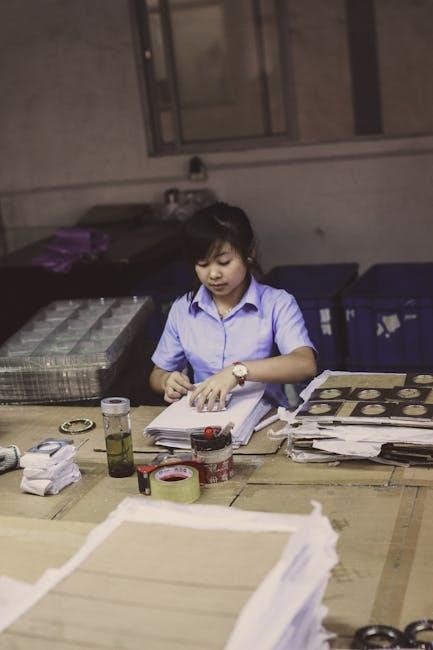
Position the Worm Factory 360 in a convenient, well-ventilated area like a kitchen, garage, or porch. Avoid direct sunlight and extreme temperatures to maintain worm health. Ensure the location is level to prevent liquid leakage and keep the spigot accessible for draining worm tea. The composter is odor-free when managed correctly, making it ideal for indoor or outdoor use. Choose a spot close to a water source for easy moisture maintenance. Avoid placing it near pests or extreme weather conditions to protect the system. Proper location ensures efficient composting and minimal odor, making it suitable for apartments, homes, or small spaces. Follow manual guidelines for optimal placement and performance.
Preparing the Base and Trays
Start by placing the base unit on a level surface, ensuring the spigot is accessible for draining worm tea. Add the provided bedding material to the bottom tray, spreading it evenly. Moisten the bedding with water until it is damp but not soaking wet. Stack the additional trays on top of the base, aligning them securely to prevent shifting. Avoid overfilling the trays with bedding, as this can hinder airflow. Ensure all trays are properly seated and the system is stable before adding worms or waste. The base collects liquid compost, so keep it elevated to prevent pooling. Follow the manual’s guidelines for tray preparation to ensure optimal performance and odor control. Proper setup is essential for a healthy vermicomposting process.
Adding Bedding Material and Initial Setup
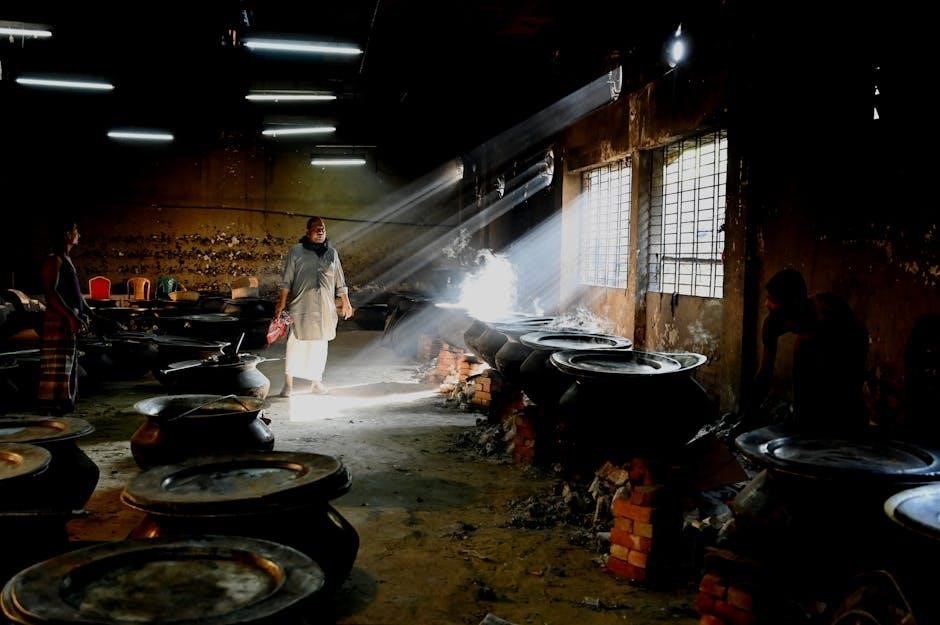
Begin by placing the Worm Factory 360 base on a level surface. Add the provided bedding material, such as shredded newspaper or coconut coir, to the bottom tray, spreading it evenly. Moisten the bedding with water until it is damp but not soaked. Avoid using materials like grass clippings or manure, as they can cause odor. Stack additional trays on top, ensuring each is securely aligned. Do not add worms or waste yet; allow the bedding to settle. The manual provides detailed instructions for initial setup, ensuring a smooth start. Properly prepared bedding creates a comfortable environment for the worms, promoting efficient composting and minimizing odors. Follow these steps carefully to establish a healthy vermicomposting system. This initial setup is crucial for long-term success.
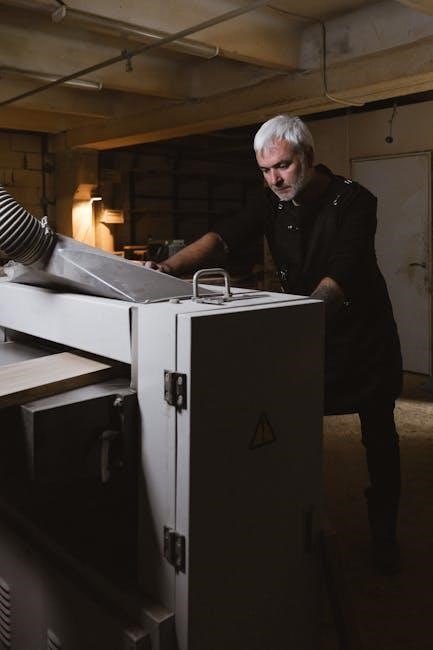
Adding Composting Worms
The Worm Factory 360 manual guides you in obtaining Red Wiggler worms, the ideal species for vermicomposting. Start with 1 pound of worms, gently placing them into the prepared bedding material. Follow the manual’s instructions to ensure a smooth transition for the worms into their new environment. This step is crucial for initiating the composting process effectively.
Obtaining Red Wiggler Worms
Acquiring Red Wiggler worms is a straightforward process, with the Worm Factory 360 manual recommending starting with 1 pound of worms. These worms are specifically bred for composting and can be sourced from reputable suppliers or online retailers. Ensure the worms are healthy and active upon arrival. The manual provides guidance on handling and introducing them to the system. Proper care and conditions are essential for their productivity. Red Wigglers thrive in the Worm Factory 360’s environment, efficiently breaking down organic waste into valuable compost. Their availability and adaptability make them ideal for vermicomposting, as outlined in the instruction guide.
Introducing Worms to the System
Gently place the Red Wiggler worms into the Worm Factory 360’s bottom tray, ensuring they are handled carefully to avoid stress. Spread them evenly over the bedding material, allowing them to burrow naturally; Add a small amount of organic waste as their initial food source, ensuring the environment is moist but not soggy. Cover the tray to maintain humidity and protect the worms. The manual advises monitoring the worms’ activity and adjusting conditions as needed to promote a healthy start. Proper introduction ensures the worms adapt quickly, beginning the composting process efficiently. This step is crucial for establishing a thriving vermicomposting system.
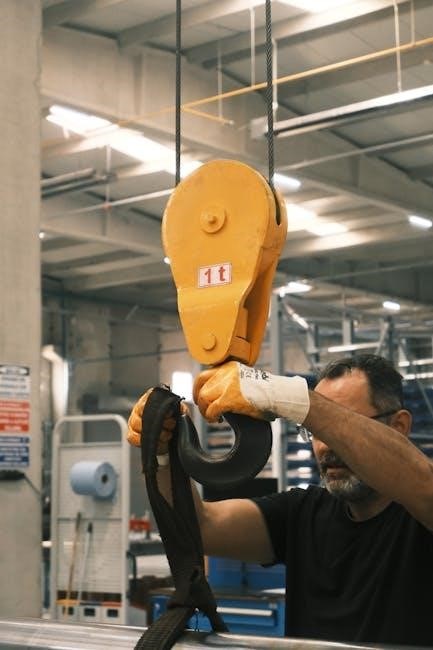
Maintaining the Worm Factory 360
Feeding the Worms and Managing Waste
Feeding the worms in your Worm Factory 360 involves adding organic kitchen scraps, such as fruit and vegetable peels, tea bags, and coffee grounds. Avoid meat, dairy, and oily foods, as they can attract pests and cause odors. Add waste gradually, ensuring the worms can consume it before it spoils. Overfeeding can lead to odor problems and pests. The manual recommends adding 4-8 pounds of waste per week, depending on the worm population. Use the included “worm tea” collector to harvest nutrient-rich liquid fertilizer. Regularly monitor the system to ensure proper decomposition and prevent overfilling. Proper waste management ensures a healthy environment for the worms and efficient compost production.
Monitoring Moisture and Airflow Levels
Maintaining proper moisture and airflow is crucial for the health of your worms and the efficiency of the Worm Factory 360. The system thrives in a damp, but not soggy, environment, similar to the consistency of a damp sponge. Excess moisture can lead to anaerobic conditions, while too little can stress the worms. Ensure airflow by leaving the lid slightly ajar or using the built-in ventilation system. Avoid covering waste completely, as this can trap moisture and reduce oxygen flow. Regularly check moisture levels by gently squeezing a handful of bedding material. If it drips water, it’s too wet; if it crumbles, it’s too dry. Proper airflow prevents odors and maintains a healthy worm population. The worm tea collector also helps monitor moisture levels, ensuring optimal conditions for composting. Regular monitoring ensures the system remains odor-free and efficient, making it ideal for indoor use.
Harvesting Compost and Worm Tea
Harvesting compost and worm tea from the Worm Factory 360 is a straightforward process. Once the compost is dark, crumbly, and free of recognizable waste, it’s ready to use. Stop adding new waste and allow the worms to finish processing the existing material. To harvest, remove the trays from the bottom up, transferring worms to the upper trays. Worm tea, a nutrient-rich liquid fertilizer, is collected via the built-in spigot. Regularly draining the tea ensures optimal moisture levels and prevents overflow. Dilute the tea with water for use on plants. Harvesting compost and worm tea is a rewarding step, providing natural fertilizers for your garden while keeping your system running efficiently.
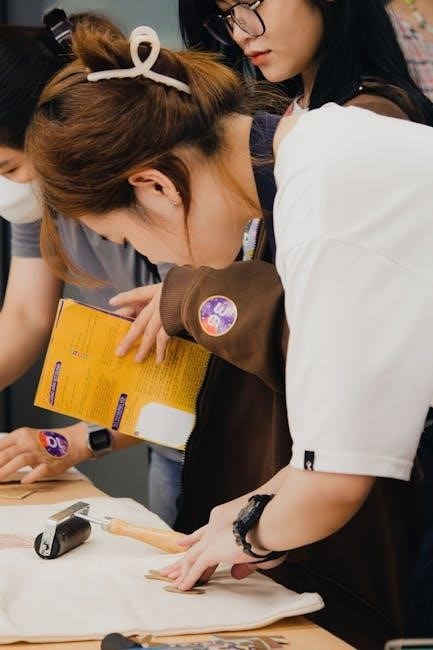
Troubleshooting Common Issues
Troubleshooting the Worm Factory 360 involves addressing odor, pests, or moisture issues. Check for overfilling, excess moisture, or lack of bedding. Refer to the manual for detailed solutions.
Identifying and Solving Odor Problems
Odor issues in the Worm Factory 360 often arise from overfilling, excess moisture, or insufficient bedding. To address this, check for proper airflow and ensure the system isn’t overloaded. If odors persist, add more bedding material like shredded paper or coconut coir to absorb excess moisture. Regularly monitor the moisture levels by squeezing a handful of bedding—it should feel damp but not soggy. Avoid adding too many nitrogen-rich foods like fruit scraps at once, as this can cause odors. Refer to the instruction manual for detailed troubleshooting steps to maintain an odor-free environment. Proper maintenance will keep your system running smoothly and odorless.